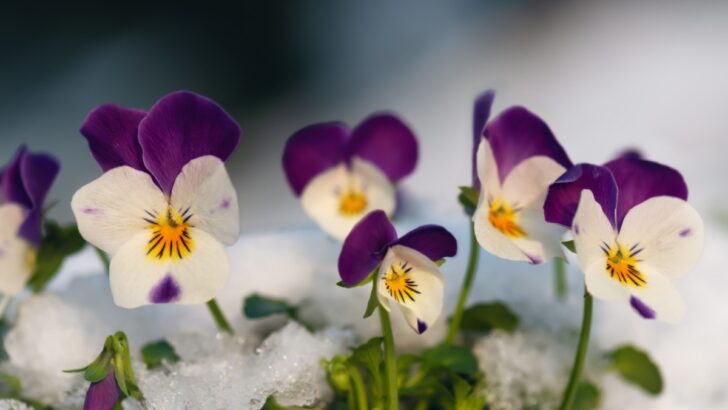Punxsutawney Phil said there are 6 more weeks of winter. If you neglected to prepare your garden — and home — ahead of time, there are still a few things around the house and garden you can work on. Then, when spring finally rolls around, you can pick right up where you left off in your garden because the hard work is already done.
By following this advice, you’ll also know what to take care of in the fall so you’ll be more prepared for the next winter season.
When To Prep Your Garden

Ideally, as temperatures start to change, you’d want to prep your garden for the coming winter. Because you put a lot of care into it in the beginning to nurture your plants, you’ll want to take care of those you planted and the surrounding environment before cold temperatures hit.
A few easy steps will ensure you’re off to a great start come spring.
Clean Up Dead Plants and Debris
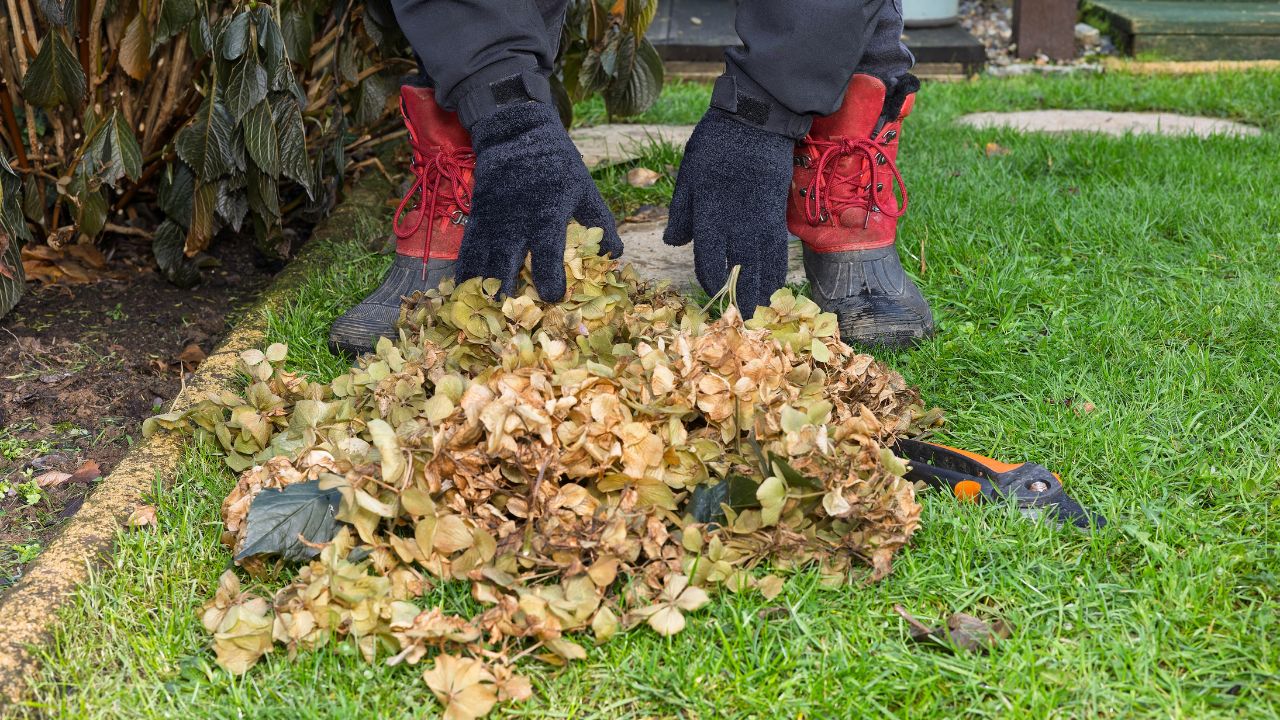
You might think dead plants and weeds are just unsightly — and they are — but they can also affect the condition of your garden. The fall/early winter season is the best time to clean these all up so you give your garden a fresh start.
If they’re not buried under snow, remove any annuals that have died and get rid of diseased plants that could potentially affect the next year’s growth.
Mulch Perennials

Perennials are the plants that grow back each year, but they need proper care to do so. If you have them in your yard, you’ll want to safeguard the roots by watering the ground around them and then covering the soil with mulch.
The mulch provides much-needed insulation, keeping the roots from freezing. Proper care ensures your perennials return in the spring looking healthy.
Prepare Trees, Bushes, and Shrubs
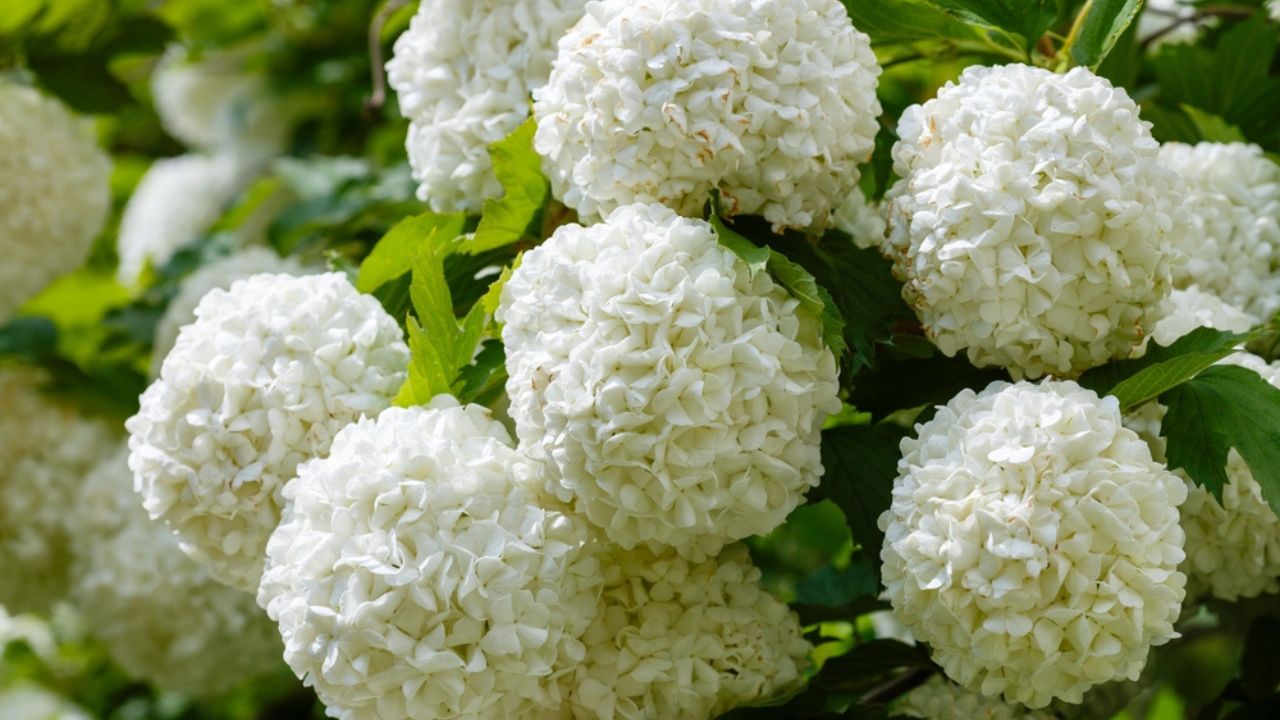
You might think because they’ve been in the ground for years that they can weather the cooler temps just fine. While they are hardy, prepping them for the colder season can help them thrive, especially if they are newer additions to your garden.
It’s best not to prune or trim any bushes or trees now, so save this for the fall. Make sure you trim the branches, paying careful attention to any that might be damaged, to prevent them from worsening or falling off and causing damage to your home. Chopped leaves or mulch around the base can help insulate roots, helping them to take a stronger hold. Before you do this, though, water the soil around it thoroughly.
Cover Up Delicate Plants
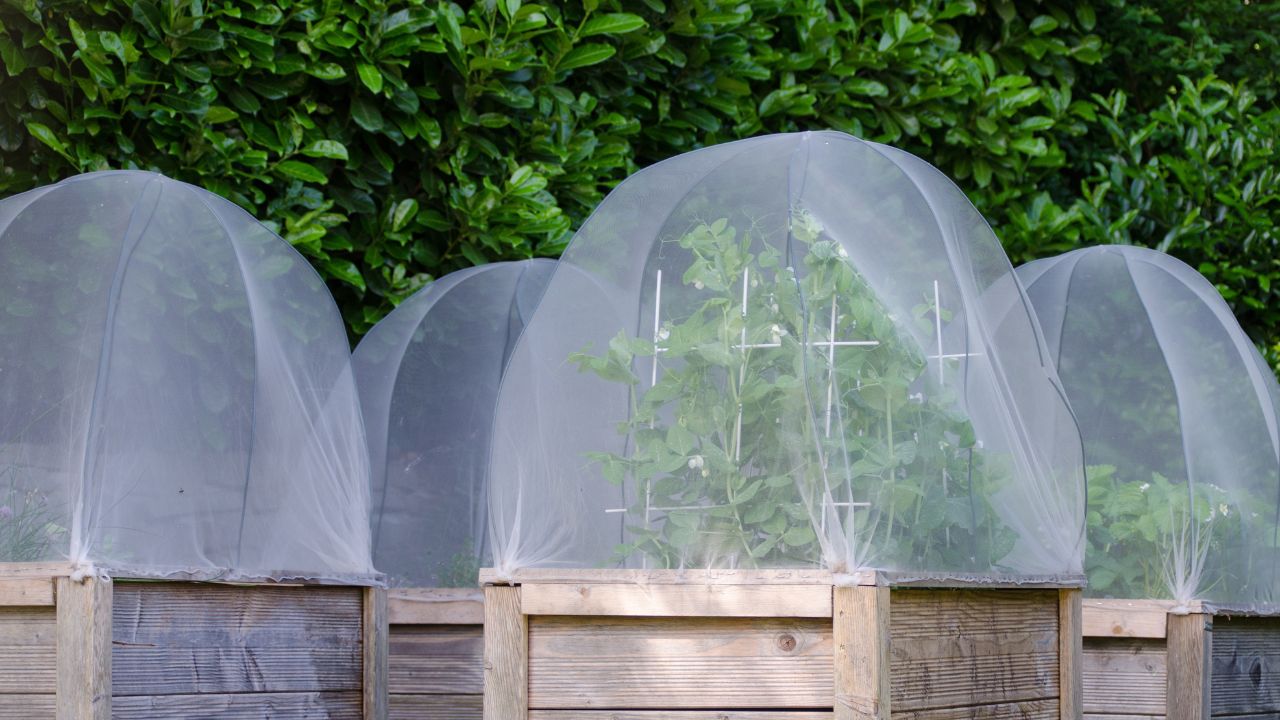
If you have delicate plants, such as roses, that are affected by extreme temperatures, shielding them with burlap or garden fabric can help lessen the impact.
Before you cover the plants, clean up around them and then water the soil. This will ensure they have a bit of moisture to get them through any dry spells.
Prepping Your Home

Ideally, you should start prepping your home before colder temperatures hit, but you can make adjustments throughout the winter season, as well.
Winterizing your home helps you stay warm and cozy and keeps those utility bills down.
Seal Off Drafts

One of the pesky things about homes is they tend to age over time, just like us. That leads to cracks in window and door frames. This is easy to seal off with some caulk, or you could buy weatherstripping and add it around the structure.
Sealing off drafts helps keep warm air inside so you’re not heating the entire neighborhood and keeps your gas and/or electric bill lower because your HVAC system isn’t constantly running.
Service Your HVAC

Your heating and cooling system runs harder in the winter and summer months, so servicing it before the temperatures drop is a good idea. In fact, you should make it your annual appointment and give yourself peace of mind.
Also, make sure you’re changing your filters every three months. This can affect your system’s performance, as well.
Drain Outdoor Pipes and Hoses
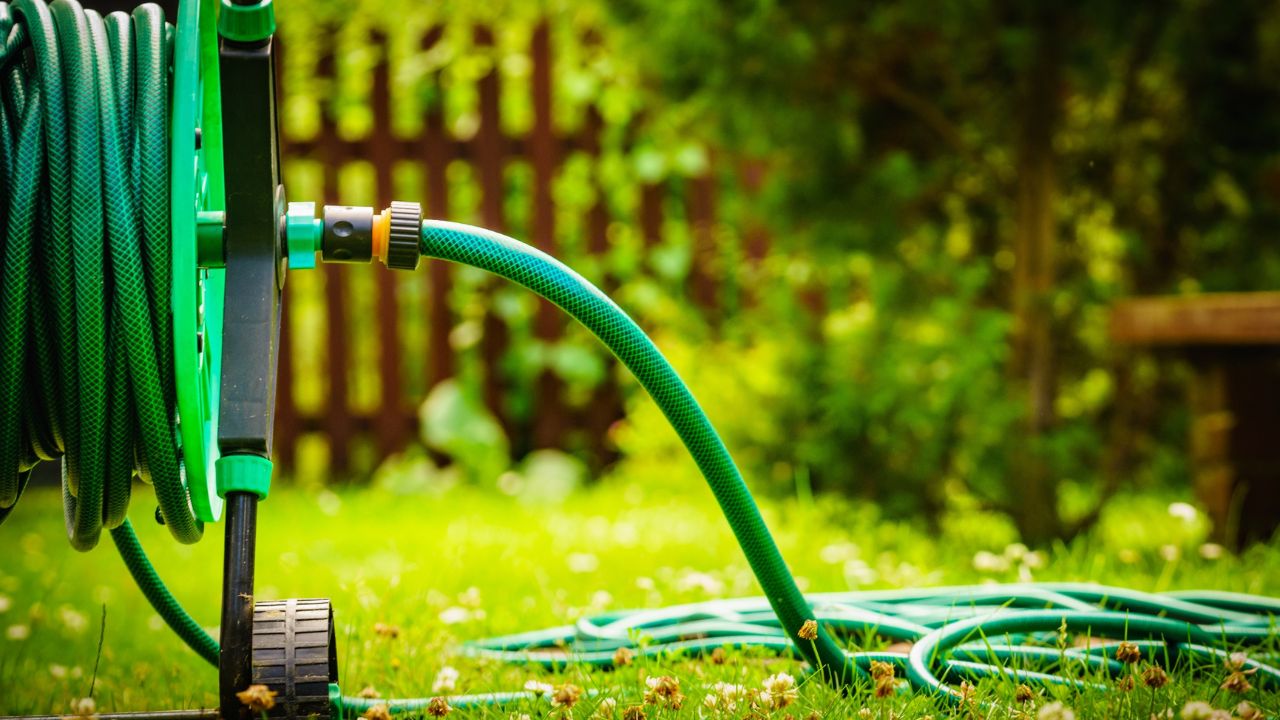
If you’re out in the yard using your hose regularly to water plants, chances are there’s some water backed up in it. If that water freezes, it leads to expansion, which can destroy your hose but, worse, also compromise your pipes.
You’ll want to cover any outdoor faucets and disconnect the hoses when you stop using them for the season.
Inspect Your Insulation

Insulation is such an important part of your home because it helps keep the elements out. At the start of the season, give the insulation in your attic a proper look to ensure it’s sufficient enough to get you through the winter months.
If not, you’ll want to add some to your space to keep your utility costs low.
Clean Gutters

The cold weather can freeze just about anything over, and that includes the debris that might be trapped in your gutters. Leaves, sticks, or bird nests, for example, can become hazards when temperatures drop.
You can avoid ice dams by cleaning the gutters out just before the season starts.

